If you are unhappy with your rhinoplasty results, you are not alone!
The first thing you should know is that imperfections can happen. Not every rhinoplasty turns out perfect, even in the most experienced hands. Many rhinoplasty surgeons will agree that “there is no such thing as a perfect nose.” Revision rates for rhinoplasty surgeries have been reported to be as high 15-20%.
A rhinoplasty is likely the most difficult plastic surgery to perform. It is a unique area on the body that blends structure, function and aesthetics. The surgeon must be comfortable managing bone, cartilage, soft tissue, and mucosa. Furthermore, the nose is the centerpiece of the face. There are about 100 different aspects to the nose like size, angles, proportions, gender, and ethnicity to consider in relationship to the rest of the facial features. Also, patients often have varying personal preferences.
Nonetheless, if you are looking to get another rhinoplasty, here are the top five things you need to know.
Give It Time
You should wait at least a year before getting any revision surgery done. There are a lot of subtle changes that can happen during this period. You might find that you’re happier with your results over time. Trust the process.
Choose the Right Specialist
If you decide to pursue revision rhinoplasty, finding a rhinoplasty specialist is crucial. Look for a surgeon who has extensive experience in revision cases, understands both functional and aesthetics aspects of the nose, and is willing to counsel you through the journey. Your surgeon should also utilize visualization tools, like morphed images, to best communicate what surgical changes are possible to achieve and to demonstrate what your nose/face may look like after surgery. These tools can never guarantee a perfect outcome, but they can help set up realistic expectations and increase the chances of success.
Additional Procedures
In many cases, revision rhinoplasty requires additional materials to help build, shape, support, and even camouflage the nose. This may include grafts from your own body like cartilage from the ear, temple area, rib or fat. Using your own body tissue is typically recommended over synthetic materials, which can pose a greater risk for infection, rejection, warping, or extrusion. Be aware that grafting requires additional expertise and adds time, complexity, and costs to the surgery.
Plan for a Longer Healing Process
The healing process for revision surgery typically takes longer and can be slightly more unpredictable. There is a tendency for more swelling and scar formation, so adjust your expectations accordingly. Your surgeon should have specific protocols for revision surgery that focus on reducing inflammation and addressing the specific reasons why you needed revision surgery. These protocols may include tailored medications, hyperbaric oxygen therapy, steroid injections, and/or extra taping.
Budget for Higher Costs
Revision surgery is typically more expensive compared to a primary rhinoplasty. This is due to the advanced level of skill required, the increased surgical time, increased risks, and additional post operative care that is needed. If you’re contemplating minor adjustments to the nose, it may be worth discussing this with your original surgeon. However, if you’re looking for a complete overhaul, it is wise to consider a new specialist.
So, there you have it. Navigating the journey of revision rhinoplasty requires careful consideration, but with the right information and support, you can find a path to the results you desire. Best of luck, Timothy Ortlip, MD, FPRS.
Are you considering revision rhinoplasty surgery?
If you live in the San Francisco Bay Area, call OG Aesthetics and schedule a revision rhinoplasty consult with double board-certified facial plastic and reconstructive surgeon, Dr. Timothy Ortlip. His expertise focuses on cosmetic and reconstructive excellence of the face and neck, and he routinely performs revision rhinoplasty surgery for patients who have had unsuccessful rhinoplasty surgeries elsewhere.


